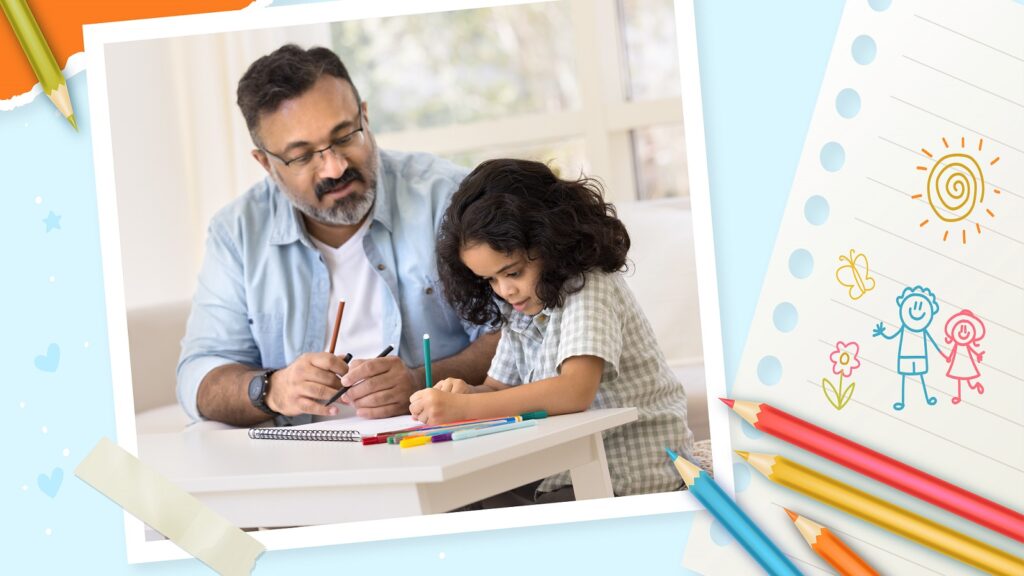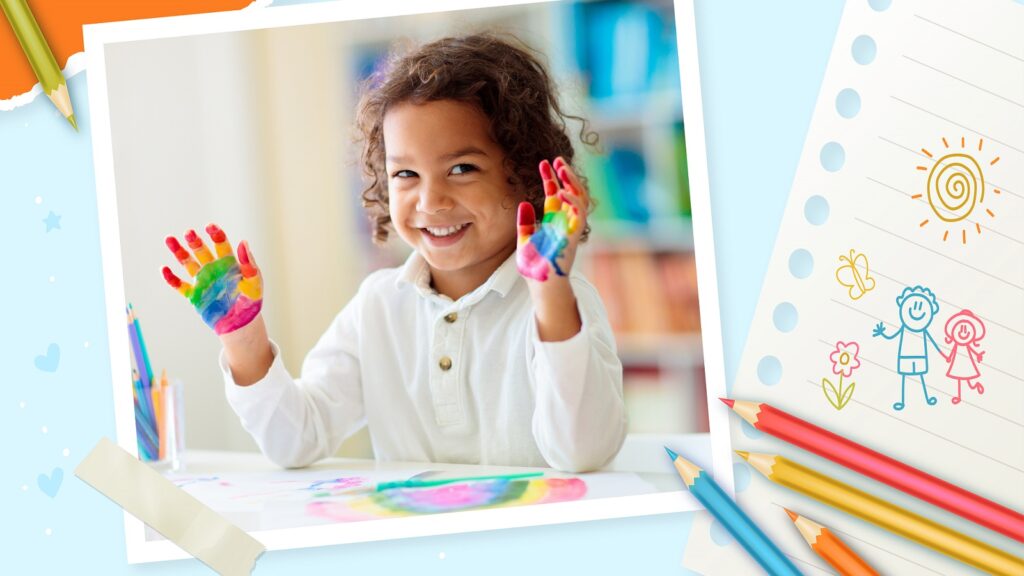Why is art integration important for students?
Improving the canvas of school education
Vibrant colours used in various art forms have always created a love for existence. Starting at an early age in school, art introduces young impressionable minds to infinite possibilities. Art like music has the ability to transcend boundaries, cultures and societies, bringing children together. Art integration benefits students, and even in this age of technology, it continues to improve the canvas of school education with its empowerment.

For school students, art is not just a subject to be learned but a crucial part of their development and education. Integrating art into the school curriculum is vital. It nurtures creativity and enhances academic performance. The impact of student art integration is visible in the emotional and social growth of children.
This blog explores 3 aspects: The educational value of art. How do different types of art enhance student learning across all ages? Why art education is essential in schools.
The educational value of art
It is not always about drawing and painting. Through art, students learn to observe the world. They interpret observations creatively. A few kids express their thoughts and feelings uniquely through artwork.
Students who engage in art activities perform better in mathematics and science. They develop skills like spatial reasoning and pattern recognition. With progress, they visualise complex concepts.
Different types of art enhance student learning
The importance of art education in school is vital for kids of all ages. In early childhood, drawing, painting, and crafting help develop fine motor skills. The hand-eye coordination is better. Kids learn basic shapes and colours. These early experiences lay the foundation for complex learning in later years.
As they grow older, their engagement with art is more sophisticated. Middle school students might explore different forms of art, like sculptures.

Art improving student skill is vital
Creating art requires concentration, patience, and perseverance. These factors enhance attention spans. Collaboration on projects focuses on teamwork and communication. These skills are crucial in the real-world.
Art integration benefits students by promoting emotional intelligence. By expressing themselves through different art forms, students learn to manage emotions better. This growth is essential for balance and success in life.
Extending the canvas of education through arts
We prioritise art education by creating a holistic environment. Our students thrive creatively and academically. We view it as an integral part of the curriculum, not an extracurricular activity. The teachers are able to balance the rigid structure of academic subjects. Drawing and painting provide a necessary outlet for students to relax, recharge, and engage in classrooms happily.
Different Types of Art in Schools
We offer art classes as an integral part of our teaching system. Performing arts cover music, dance, and theatre. Literary arts encourage creative writing, debate and poetry. Each of these disciplines provides unique opportunities for students to explore their creativity and develop new skills.
We believe art integration is very beneficial for children of all age groups. It is essential for fostering a rich and comprehensive educational experience for all students. Our campus offers a blank canvas for students to express themselves in the best possible manner.



